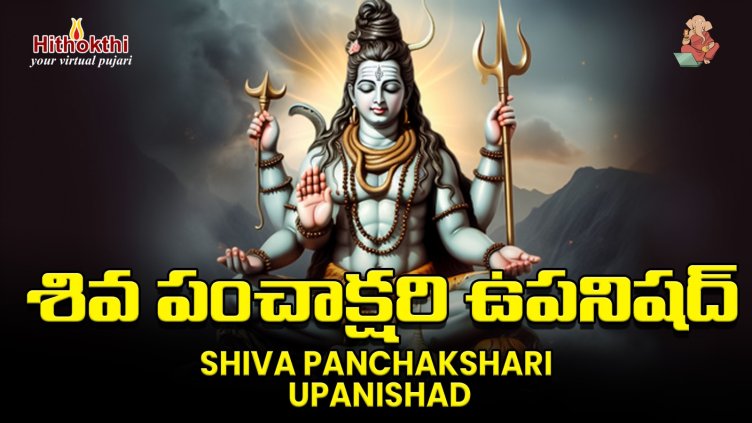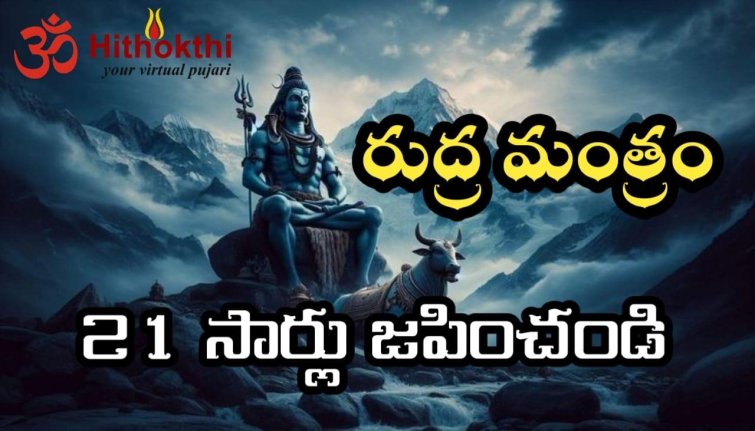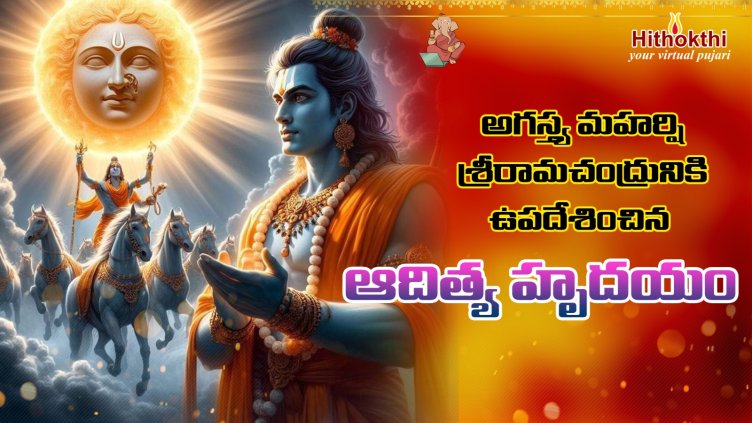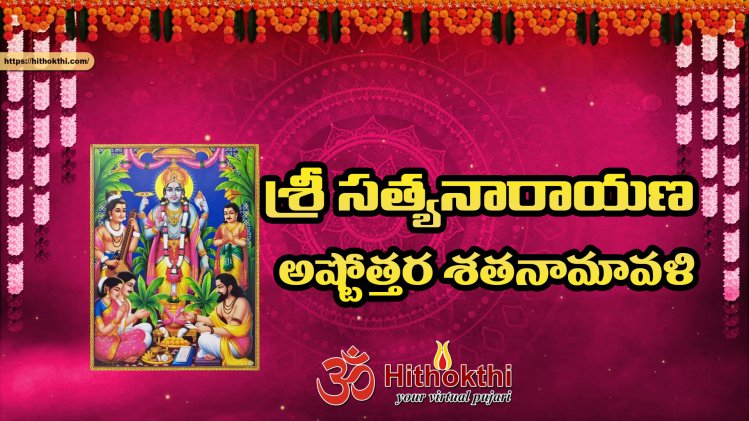Kolu becoming platform for women creativity and innovation

Chennai, October 10, 2013:
At six in the evening, the jingle of cymbals and bells overtakes this calm street in TVS Nagar. A small boy renders the famous bhajan “Maha Ganapatim Manasa…” in a shrill voice. A group of children go house hopping to collect their Navaratri gifts – a kitschy medley of bangles, flowers, a hand mirror, comb and money pouch -- all put in a plastic bag. As the aroma of steam-cooked sundal grips the air, the maamis settle down for a chat. There is comparison, competition and celebration!

“Mine is one of the grand kolus in the area. Look at my Krishnas. There are so many of them all over,” says Divya Krishnaswamy, excitement ringing in her voice. A separate display of over 60 different kinds of Krishna idols stands next to the main padi Kolu. Ganesha and Krishna have been the trademark themes of a typical Saivite and Vaishnavite Kolu. Over the years, it has become fashionable to add rare kinds of dolls to the display. If the Pandurangan Rakhumai doll is a special addition in Divya’s Kolu, Usha Narayanan tags her Oppiliappan idol as a rare collection and Hema boasts of her unique Alagar Chithirai fest scene. “I go around all houses in the neighbourhood to see their collection. Each year I try to add something that stands out,” says Divya. “When I go on tours, I buy dolls and decorative items that can be displayed in Kolu. I bought the Pandurangan doll at Pandharpur in Maharashtra.”

And there’s no dearth of innovation among the homemakers in putting up an impressive Kolu at their homes. Usha proudly shows off a puppy dog and a flower made of discarded cigarette packets. “I learnt it from my mother who makes these for Navaratri.” Showing a snake gourd lying on the last step of her Kolu, she says, “I found this at the vegetable market. It looks like a coiled up snake and so I bought it for the Kolu. The idea is to have something catchy that people can speak of.”
“Anything that’s pleasing to the eye can be kept on the steps. It’s a visual treat for the visitors after all. A kolu can invoke as many emotions – not just bhakti but also bits of humour. Kolu is an entertainment too,” says Suguna, who has been observing Kolu for generations.

Apart from Gods and Goddesses, Kolu has also become a platform for contemporary depictions. Idols of politicians and settings of a railway junction or a police station also get a place in Kolu. It has become common to sight idols of Indira Gandhi and Kamarajar on the last steps of the display. And the modern-day Kolu transcends religions as idols of Jesus, Buddha and Prophet stand aside those of Vishnu and Shiva.
Thematic Kolu arrangement is an upcoming trend, especially in the ones put up at commercial places. An elaborate 11-step Kolu at the Waalai restaurant features over eight themes ranging from the ‘Kaaka vadai story’ to Igloos and Eskimos. From the puranic episodes of Krishna slaying Kamsa and the birth of Muruga to a humble village setting and a bustling city street scene, the Kolu is not just a grand display of dolls but a holistic installation of sorts.
Rajkumari Jeevagan at her restaurant explains the various stories and their meanings to visitors. “Navaratri is primarily a women’s festival and it’s an opportunity to showcase their talents and creative abilities. The whole festival is about women’s empowerment,” she says. “Kolu is a story-telling medium. We recollect tales from the mythology and the morals they convey. It’s a way of educating kids who are the majority of visitors to a Kolu and nothing is better than dolls and the bommais to tell a story.”Kolu is no more a home affair. It’s also making noise online with web contests being held on social networking sites. Rajiv Nagarajan of Tambrahm Tips, a page on facebook, says, “We have received over 200 entries from our members all over the globe. People are posting pictures of their Kolu. Some have taken modern themes like Chhota Bheem and Batman.” Jayashree Rajesh, one of the participants has designed her kolu like a Kailash mountain at her home in Mumbai. She says. “The padi Kolu is a dying tradition as many don’t have the time and interest these days. Online competition is a way to keep the art alive among Tamils living outside the state and the country.”
Source: The Hindu, October 10, 2013







